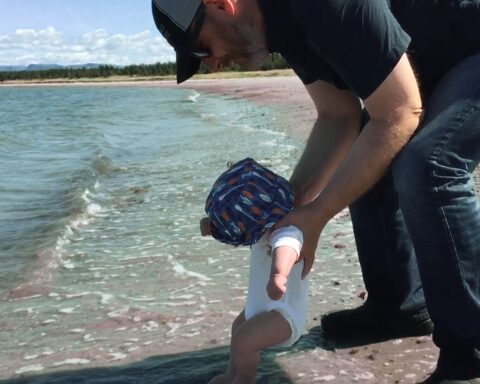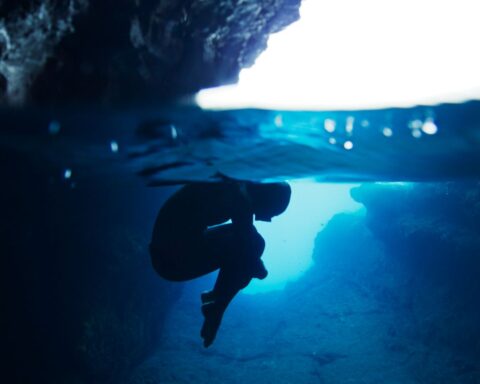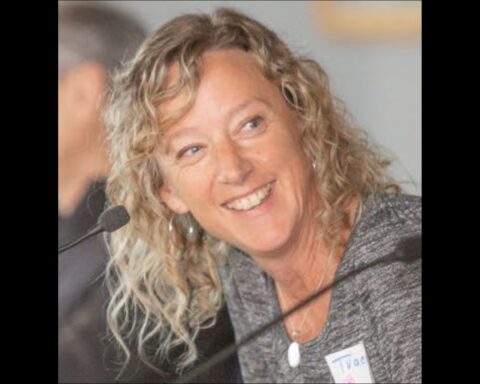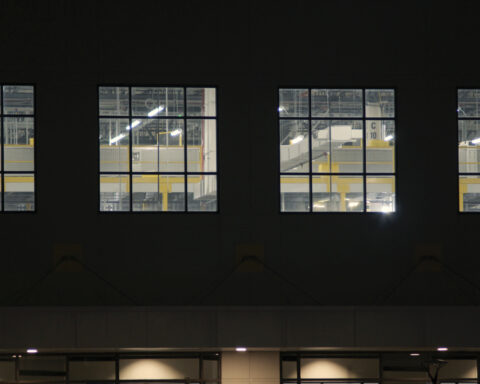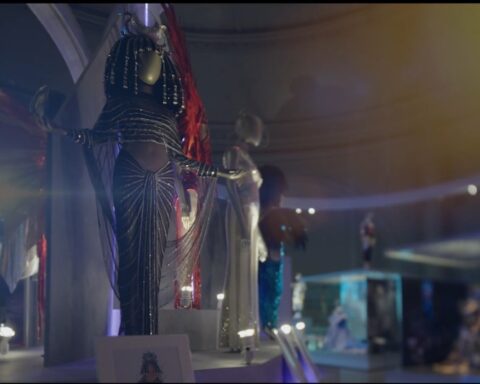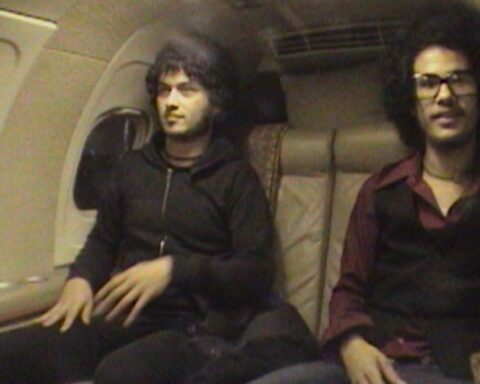Gary Nichol used to tell me that he got into filmmaking by accident. While hitchhiking in the late 1960s he caught a ride with a driver who worked at the National Film Board. As the ride came to an end, the fellow turned to Gary and asked if he’d consider becoming a filmmaker. Gary impulsively replied—why not?
It was never clear who the driver was. It could have been anybody. Gary seemed to know everyone in the industry. He cut his teeth under the tutelage of the great James Beveridge. He worked alongside the legendary Donald Britain. He counted groundbreaking documentarian Terence McCartney Filgate among his many friends.
I met Gary in 1992 while completing my first film. At the time, I noted that he was short in size but tall in personality. Gary was a gregarious, no holds barred, cards on the table kind of guy. Some may have found him brash and abrasive, but beneath his loud exterior lay a quiet, generous spirit.
Gary’s filmmaking style mirrored that spirit. His movies unfolded at their own, unhurried pace. His technique was subtle; as a filmmaker he was invisible, allowing viewers to believe they were watching an unsullied slice of life unfold before their eyes.
Gary’s style stands in stark contrast to today’s world of high concept, big budget documentaries where directors are expected to become brands, inserted into the narrative of their films, often used later as a marketing tool. Gary rarely appeared in his own films or used his own voice for narration.
In a series of movies he did on naturalist painters Michael Dumas and Jean Luc Grondin, Gary had the subjects narrate their own stories. He achieved this by piecing together fragments of off-camera conversations he had recorded during the development of the projects.
The result is a powerful intimacy that gives audiences an experience of viewing the creative process through the eyes of these painters. The raw, candid narration he captured evokes a feeling that we are literally hearing the artists’ thoughts as they work.
In my opinion, Gary’s best film was a feature documentary called A Gathering In Denendeh. It was also one of his last. Commissioned by CBC in 1984, the movie was intended to document the historic visit of Pope John Paul II to Fort Simpson to meet with the people of the Dene Nation. Unfortunately, inclement weather prevented the Pope from reaching his destination and the meeting was postponed indefinitely.
According to Gary, the CBC was frantic about the turn of events, but he sensed that an even better movie was playing out before his eyes and his camera. He was right. The end result is a touching and insightful glimpse into the rich and resilient Dene culture and its relationship to Christianity.
The power of the movie comes from the fact that it is told entirely from an Aboriginal point of view. In the end, Gary used the Pope’s absence to focus on people over pageantry.
Not long after I met Gary, his life took a dark turn and he wound up spending two years in prison. After he was released, he gave up on filmmaking and devoted himself to painting instead. Several years ago, he began splitting his time between Ottawa and Vietnam, a country he had come to love.
In January he called me from Saigon to say he had been diagnosed with cancer and given three months to live. He told me he had hooked up with some monks who were treating him with the promise of a cure.
The last time we spoke, however, Gary confided that the cure wasn’t working. Then he laughed and said, “I can’t complain, though. I mean, it’s been a hell of a ride.”
Gary Nichol passed away on March 25, 2009.




